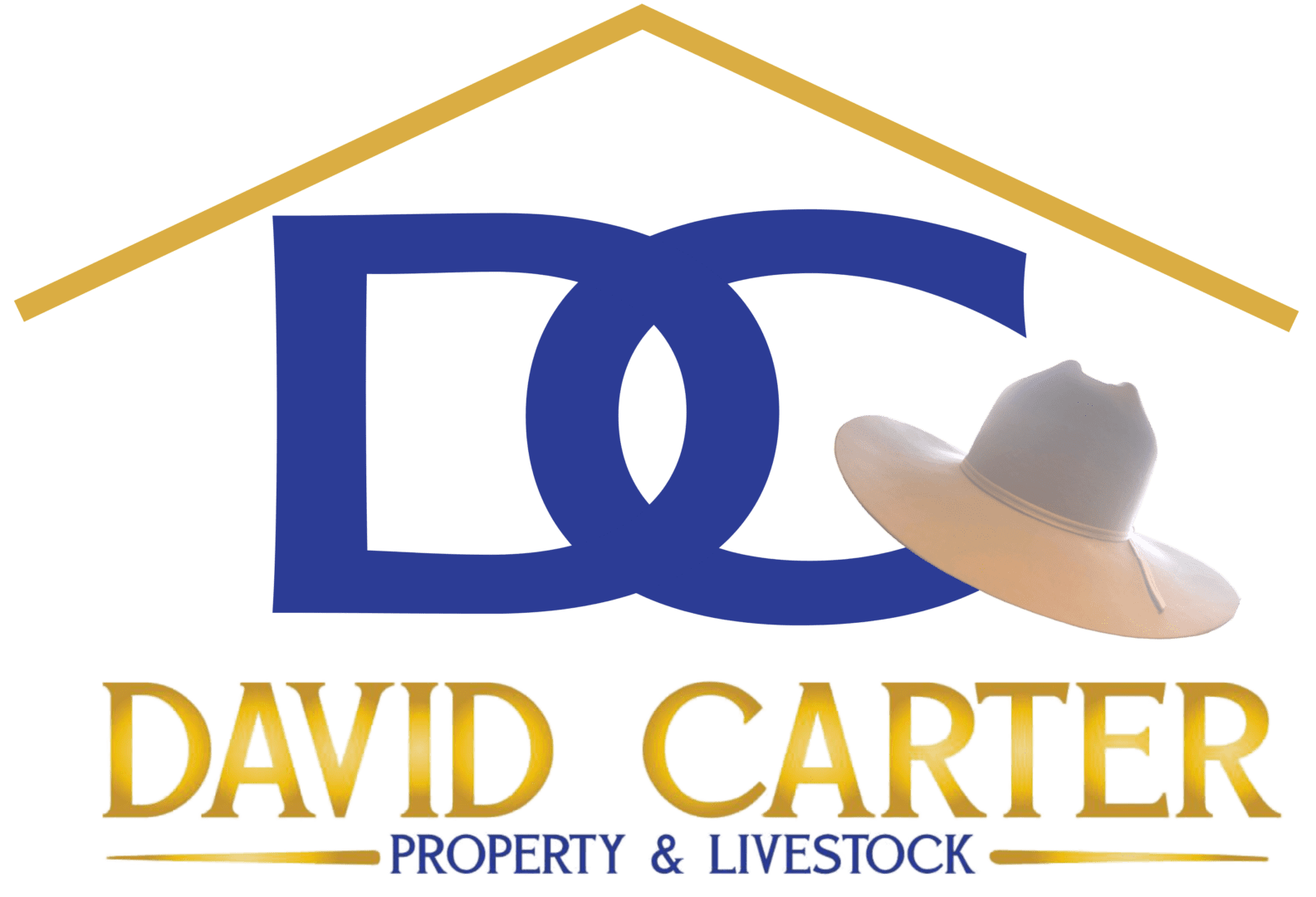Due Diligence in a Livestock Grazing Property Purchase
If a premium is paid for a property based on non-existent or overstated development potential, is it generally a case of ‘buyer beware’ or a lack of due diligence? (Note: Caveat emptor is Latin for “Let the buyer beware”.
I am referring primarily to the intrinsic economic value of a property, as opposed to the value placed on it by the market, after all you are running a business, just like any other business. The intrinsic economic value of an asset is essentially its value based on its future earning capacity, which means that land condition has a big effect upon that value.
In the past, there have been grazing property sales where the disproportionately high sale values could only be attributed to ambitious current productivity estimates and significantly overestimated carrying capacities. We urge all prospective buyers to undertake appropriate due diligence.
It comes down to an over-estimation of what these properties can sustainably carry over the long-term given their current development and current land condition. Either the purchaser has overestimated, or the vendor has overstated, the current carrying capacity.
Once the current carrying capacity is accurately assessed (ie total AEs (Adult Equivalent) at current development), a property owner can determine the sustainable size of the breeder herd and if a realistic breeder herd benchmark number can be set, then the real production targets (branding percentages and growth/turn-off rates) can be pursued.
